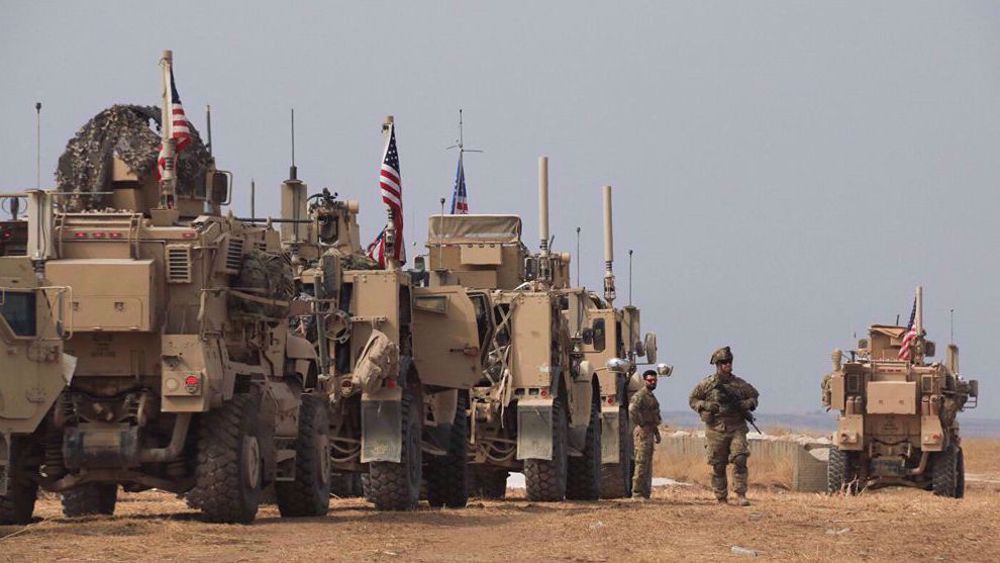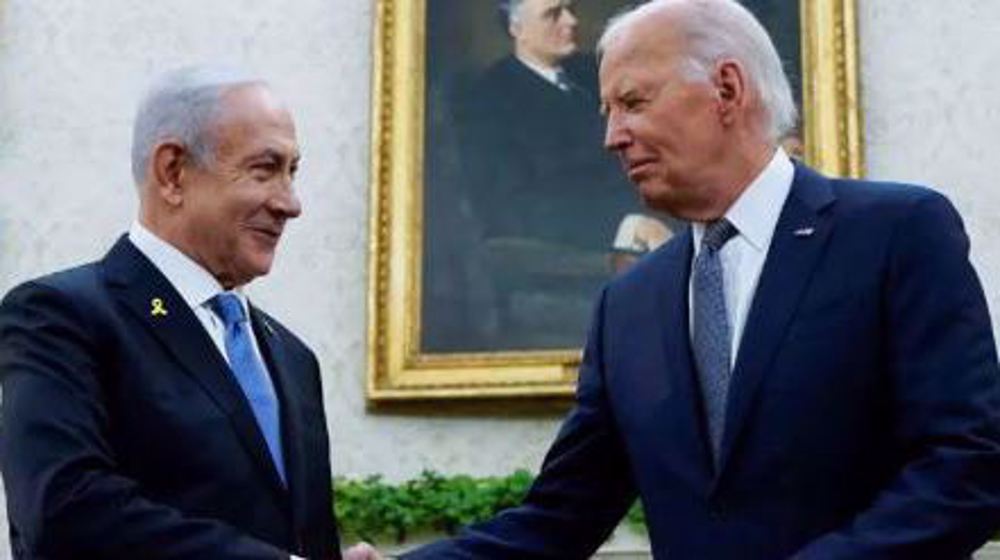US says in talks to deploy long-range bombers to Australia
The United States says it is negotiating with Australia to station long-range bombers in the country, amid rising tensions with China over the South China Sea.
Lt. Col. Damien Pickart, a spokesman for the US Air Force in the Pacific, said on Tuesday that talks are underway for possible deployments of B-1 bombers and an expansion of B-52 bomber missions, Reuters reported.
"These bomber rotations provide opportunities for our Airmen to advance and strengthen our regional alliances and provide (Pacific Air Forces) and US Pacific Command leaders with a credible global strike and deterrence capability to help maintain peace and security in the Indo-Asia-Pacific region," said Pickart.
The United States has currently no deployments of B-1 bombers in Australia, but it occasionally flies B-52 missions from the country.
General Lori Robinson, commander of US Pacific Air Forces, also said talks are under way to deploy American B-1 bombers and aerial tankers in northern Australia, within striking distance of the disputed South China Sea.
"We're in the process of talking about rotational forces, bombers and tankers out of Australia and it gives us the opportunity to train with Australia," she said on Wednesday.
"It gives us the opportunity to strengthen the ties we already have with the Royal Australian Air Force and it gives the opportunity to train our pilots to understand the theatre and how important it is to strengthen our ties with our great allies, the RAAF," Robinson added.
Malcolm Turnbull, the Australian prime minister, declined to comment on the discussions when asked about the bombers.
"I can just assure you that everything we do in this area is very carefully determined to ensure that our respective military forces work together as closely as possible in our mutual national interests," he told reporters on Wednesday.
The United States sees closer military ties with Australia as part of the so-called pivot to Asia strategy, a widely advertised shift to Asia which the White House has pursued since 2011. The US already stationed Marines in Australia's north.
The US accuses China of militarizing the South China Sea after reports that China deployed an advanced surface-to-air missile battery to the Paracel Islands in the region last month.
Washington also accuses Beijing of rapidly building up to 800 hectares (2,000 acres) of artificial islands in the Spratlys, an archipelago of more than a hundred islands, reefs and atolls in the South China Sea.
China claims sovereignty over nearly all of the South China Sea, which is also claimed in part by Taiwan, Brunei, Vietnam, Malaysia and the Philippines.
China says the United States is meddling in the regional issues and deliberately stirring up tensions in the South China Sea. Beijing says it is determined to safeguard its sovereignty and territorial integrity in the South China Sea.

Last week, the United States deployed an aircraft carrier and several warships to the South China Sea to confront China, according to a US Navy press release.
The USS John S. Stennis, a Nimitz-class aircraft carrier; two guided-missile destroyers, the USS Chung-Hoon and USS Stockdale; the guided-missile cruiser USS Mobile Bay, and the supply ship USNS Rainier had been operating in the eastern part of the South China Sea since March 1, the US Navy's Seventh Fleet said in a press release on Friday.
VIDEO | Former FBI agent criticizes US Congress for 'outright corruption'
IRGC chief urges Muslim countries to cut aid routes to Israel
'New chapter in cooperation': Iran, Venezuela sign new MoUs
Jordan sentences former lawmaker for supporting Palestinian resistance
Basij volunteer forces hold massive drills in southwestern Iran
Israeli war criminals 'not welcome', US city says after ICC ruling
US vetoing of Gaza ceasefire resolution ‘disgraceful’: Iran’s UN envoy
VIDEO | IAEA adopts anti-Iran resolution tabled by E3










 This makes it easy to access the Press TV website
This makes it easy to access the Press TV website